Visual Poetry from the Polar Regions
Click on a photo below to visit the full series
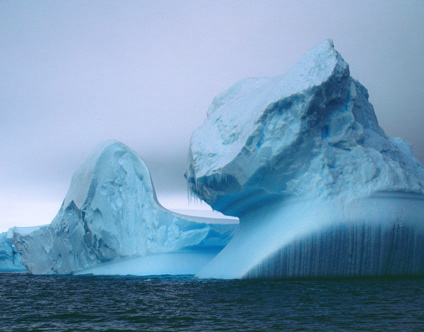
The Blue Unknown
Antarctica, November-December 2023
Taken on an expedition to Antarctica with 100 women in Science, Technology, Engineering, Maths and Medicine (STEMM). Braving the treacherous waters of the Drake Passage, we arrived at the frozen continent, greeted by towering icebergs and colonies of penguins.
Antarctica doesn't have any borders and doesn't belong to any country, but it is governed under a series of recognised guidelines and agreements called the Antarctic Treaty. It's the only continent with no permanent human habitation - scientists and support staff live there for parts of the year on a rotating basis. Nicknamed 'the continent for peace and science', the research that goes on in Antarctica continues to transform humankind's understanding of Planet Earth.
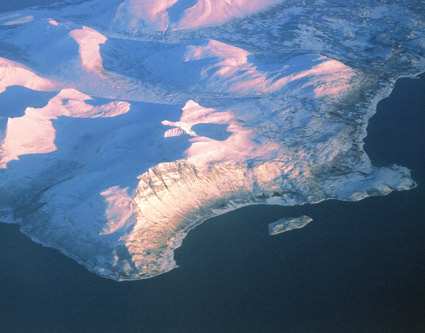
Aerials of the North Pole
North Pole region, February-March 2020
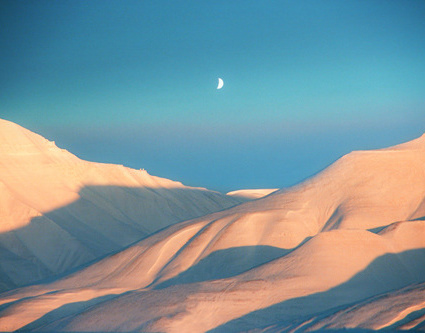
Svalbard
Svalbard, February-March 2020
650 km from the North Pole in the middle of the Arctic Ocean there lies an archipelago that is so cold and remote that it is home to the Global 'Doomsday' Seed Vault which keeps all the world's seeds safe in case of a large disaster.
It was in 2020 that I embarked on this journey to Svalbard. As I stepped onto the icy terrain, the crisp air filled my lungs, and the vast expanse of glaciers and fjords stretched out before me. It was a surreal experience, feeling so small amidst the grandeur of the Arctic wilderness.

Polar Warmth III
Arctic Finland, January-February 2019
Sitting in Pyhä-Luosto in Lapland, Finland, the Lampivaara Amethyst Mine is the only active amethyst mine in Europe. The amethyst in this region was formed over 2 billion years ago, making it almost half as old as Earth. The mine only uses traditional mining techniques with small tools (chisels, pans) to minimise environmental damage, and visitors are allowed to participate in this mining process and take home one piece of amethyst.
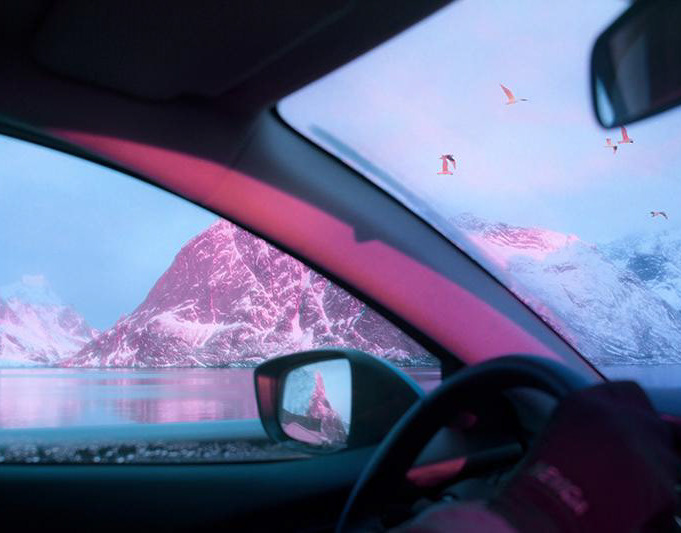
Polar Warmth II
Arctic Norway, February 2018
In the winter of 2016, I crossed the Arctic Circle for the very first time and visited a sleepy town in Sweden called Kiruna. What struck me the most during my visit to Kiruna in January was that the sun barely rose above the horizon, making the world look like twilight time all day long, apart from at sunrise and sunset when an intense pink glow filled the sky. Curious to see more of this, I set off to Arctic towns in Norway and Finland in 2018 and 2019 to produce a growing body of work titled 'Polar Warmth'.
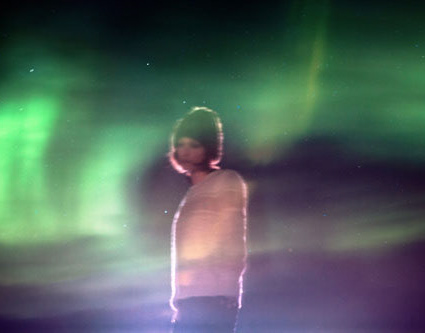
The Northern Lights
Arctic Sweden, Norway, Finland and Iceland, 2016-2019
The aurora is not just a pretty sight - it is also a protective mechanism that makes life on Earth possible, which I think makes it even more beautiful. It is the mechanism by which Earth's magnetic field gets rid of excess energy that reaches us from the sun. Charged solar particles bombard Earth at all angles. They are then deflected towards the North and South poles by Earth's magnetic field. These solar particles interact with the atmosphere above the poles causing the energy to be dissipated in the form of auroral light. Recent scientific research confirmed that auroral events also produce sound.

Hypnosis
Arctic Sweden, January 2016
In loving memory of Dr Sophie Miller, fellow arctic adventurer and dearest friend (June 1990 - December 2016).
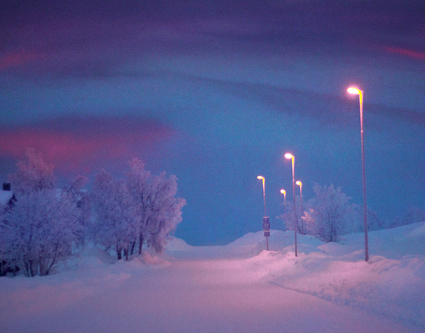
Polar Warmth
Arctic Sweden, January 2016
Kiruna is a sleepy town in Swedish Lapland where the sun barely rises in January (90 miles north of the Arctic Circle). It almost looks like twilight time all day long. Sitting atop one of the world’s largest iron ore deposits, Kiruna was a flourishing mining town in the 20th century. Sadly, Kiruna is now sinking due to all the mining tunnels that were dug underneath it, and so the whole town is in the process of being relocated.